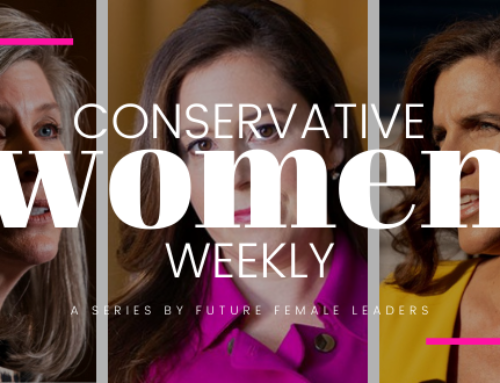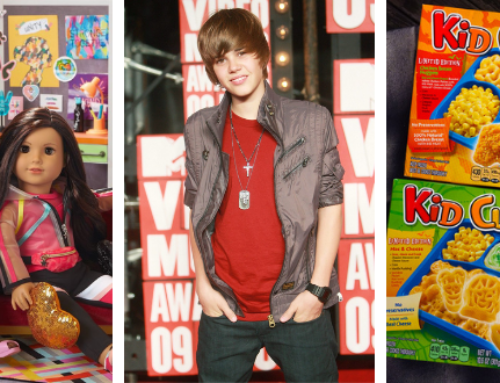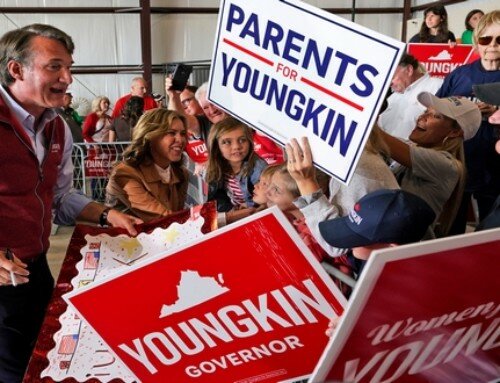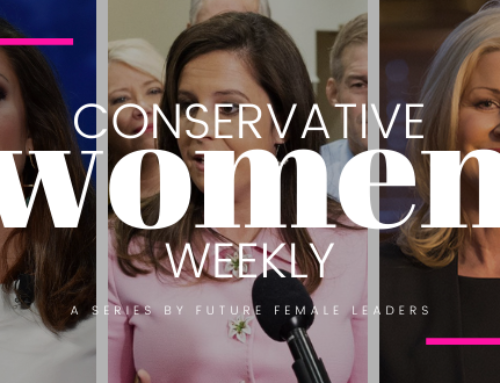WARNING: Spoilers ahead.
Star Wars Episode III: Revenge of the Sith is definitely the most quotable Star Wars film ever. You may have even found yourself quoting along while you watch, with phrases like, “my allegiance to the republic, to democracy,” and, “so this is how liberty dies, with thunderous applause,” or even, (in a shrill Palpatine voice) “I am the senate.” I don’t know about you, but I’m beginning to sense a theme here.
The political undertones within the Star Wars franchise are not exactly subtle, but it took me years (and a degree in political science) to really understand the conflicts and agendas within this fictional galaxy. At first glance, all we see are cool space battles, glowing swords, and exotic planets, but the story is actually way more complex.
The Prequels
The original trilogy is focused around what is known as the Clone Wars. The war took place over a three-year period, fought between the Galactic Republic and the Confederacy of Independent Systems, also known as the Separatists.
Senator Palpatine actually orchestrated the entire thing, using puppets like Count Dukoo, to do his dirty work. He promises the Separatists power and better trade advances, for playing their part in the war.
When Palpatine becomes Chancellor of the Republic, he uses the conflict, and makes the Jedis a scapegoat, to convince other senators to grant him more executive powers.
The ideas of having a republic, democracy, and freedom played a huge role in the prequels. The audience is able to see how easily everything can change when security is held higher than liberty.
As Order 66 is set into motion, an act to destroy all Jedi, Anakin Skywalker assists in killing “younglings,” the future of the Jedi Order. This is a clear act of genocide, as the Jedi Order is considered a religion in some rights.
When all is said and done, Palpatine has the Separatist leaders killed by Skywalker. What some viewers might have missed, is that towards the end of Revenge of the Sith, the Separatist leaders actually have the plans for the Death Star and are in the process of creating it. This, along with Skywalker’s transition into Darth Vader, sets the stage nicely for a A New Hope.
The Original Trilogy
One theme that’s present throughout this story is political power. We saw it in Palpatine in the prequels and we see it in Darth Vader in the Original Trilogy. Both Sith Lords have a lust for power and bringing “order” to the galaxy.
The Death Star, which we saw the plans for in the prequels, is a planet-sized space station, that has the ability to destroy entire planets with a single laser beam. Having been filmed in the late 1970s and early 80s, the Death Star can be symbolic of the atomic bomb and the presence of the Cold War.
The Galactic Empire in the original trilogy can be compared to Communist Russia; taking over the galaxy, removing individual freedoms, and bringing death and destruction to the planets they invaded.
Storm troopers, more commonly known as the Empire’s military forces, are also known as soldiers of the German army in World War I.
The original trilogy has a happy ending. Peace and order are restored to the galaxy; the Empire no longer exists, and the Republic begins anew.
The Sequels
Out of the ashes of the Galactic Empire, the First Order is born. Fear, once again, washed over the galaxy. The use of fear, manipulation, and war is ever present in this new trilogy.
The leadership of the First Order very much resembles that of Nazi Germany in their speeches, mannerisms, and even uniforms. Their passion is fueled by anger and hatred.
There has always been a theme of eradicating the Jedi Order, but it’s much more relevant in Episode VII: The Force Awakens. The First Order seeks our Luke Skywalker, the last Jedi, so that they may destroy him, and all hope left in the Galaxy.
The protagonist in these films is none other than Darth Vader’s grandson, Ben Solo, more commonly known as Kylo Ren. He is torn between good and evil in each of the films but sacrificed himself to help Rey bring balance to the force.
The key takeaway from this story is that we are all constantly fighting evil, the “dark side,” that is ever present. Once peace is found, evil will rise again and try to win, but the fight will never be over. We have the ability to fight for freedom and justice in this world, and we should not take that for granted.
Mickey M
Cabinet
Mickey is a senior at Widener University, studying political science and communications. She is involved in Young Women for America, Turning Point USA, and PragerFORCE. Aside from politics, Mickey enjoys graphic design, reading and painting. She aspires to one day become the White House Press Secretary.











